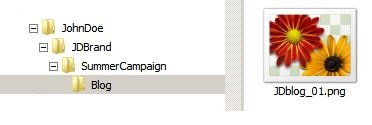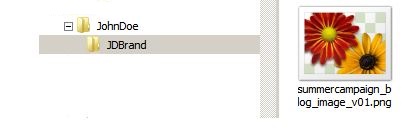7 Powerful Postcard Direct
Mail Ideas We Love
Postcards are a practical, versatile medium to send in your direct mail campaign. According to the Data & Marketing Association, postcards get a response rate of up to 4.25%, one of the highest in direct mail marketing.
Take advantage of this marketing method with seven postcard direct mail ideas we love!
1. Switch up the norm
Although standard postcards are 4.25” by 5.5”, usually in a horizontal position, not all postcards are designed this way.
Try switching it up with a larger postcard format with dimensions of 5.5” by 8.5” or change the orientation by sending a vertical postcard. These designs that deviate from the norm will stand out from the crowd and make the recipient take a second look.
2. Make bold designs
With bright colors and attention-grabbing images, your postcard will speak for itself.
Be bold in your design choices. The design significantly influences how long a piece stays in a home. Of course, adhere to your branding guide so the final design still looks like your company and produces the image you want to share.
3. Include a compelling Call to Action (CTA)
Put yourself in your customers’ shoes and brainstorm what message would compel you to act.
Whatever you decide, ensure the action you’re requesting is easy and will yield high rewards. For example, fill out this short questionnaire to receive a $10 gift card. Or perhaps visit our website by following this QR code to receive 50% off your next purchase.
4. Provide testimonials
Center your postcard design around a couple of happy customers and their testimonials.
Testimonials are powerful because they can increase overall conversions by 34%. Perhaps this is because 88% of consumers trust user reviews as much as recommendations from someone they know. Whatever the reason, providing testimonials boosts sales.
Make sure to include short but impactful quotes. There’s not much room on a postcard, and you don’t want to oversaturate it.
5. Send multiple postcards
Sometimes marketers make the mistake of contacting a prospect once and then leaving it at that.
But clients often need multiple points of contact before the conversion. Therefore, make it part of your strategy to send several postcards to the same person over time. It’ll keep your business on their mind and give them the nudge they need to act.
6. Personalize the postcard
The more personalized, the better.
Some 84% of customers say being treated like a person instead of a number is very important to winning their business. Therefore, try to personalize your communications as much as possible. Identify all possible points of personalization and use what you know about the customer, such as demographics and past purchasing history.
Treat your customers as people, not numbers.
7. Narrow your focus
Postcards don’t have a lot of surface area.
Therefore, narrow your focus on one key message to not overwhelm the client. Tie in this vital message with an attention-grabbing headline that is true to the intent of the postcard.
We love postcards thanks to their unique benefits and versatility. Send the best postcard by following the above postcard ideas.
Contact us today to craft a compelling post card campaign that gets your customer's attention! Call:516-561-1468














